Classic gardens, or formal gardens, are designed to uphold traditions and create a beautiful, functional outdoor space. Usually found in period properties with a large, rambling estate, classical Gardens have roots in the geometry of Greek and Roman Architecture, for example with the use of symmetry, repetition, crisp lines and emphasis on right angles and circles. Classical gardens are a statement of timeless beauty and will never go out of fashion.
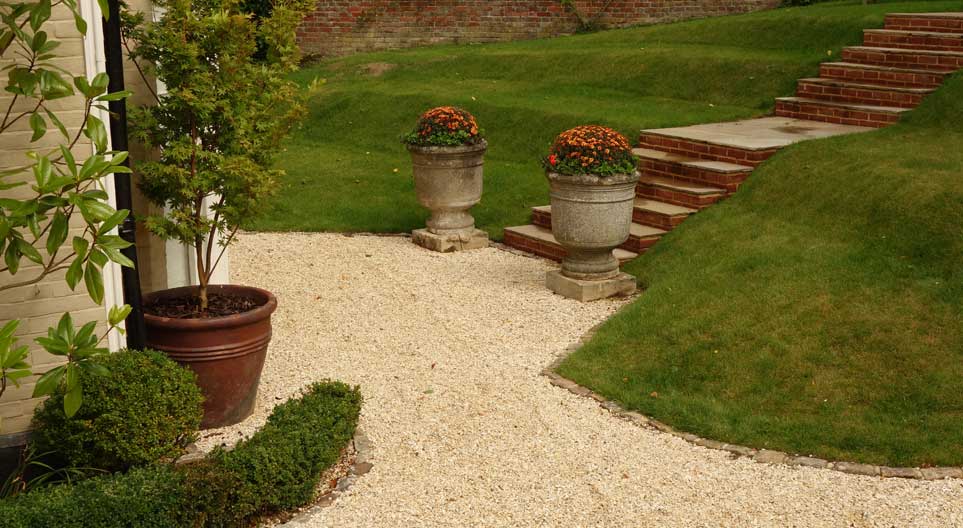
An essential element in a classical garden is the use of geometry in the basic layout of the garden. Classical Gardens are derived from the geometry of Greek and Roman Architecture, which heavily emphasized straight lines, right angles, triangles and circles. The symmetrical arrangement of pathways, beds, and structures is a fundamental principal of Classical Garden Design. The most common way to create geometric shapes is with low box hedges, maintaining a clean, square edge and creating a natural pathway around the garden. Elements of geometry in formal garden design include:
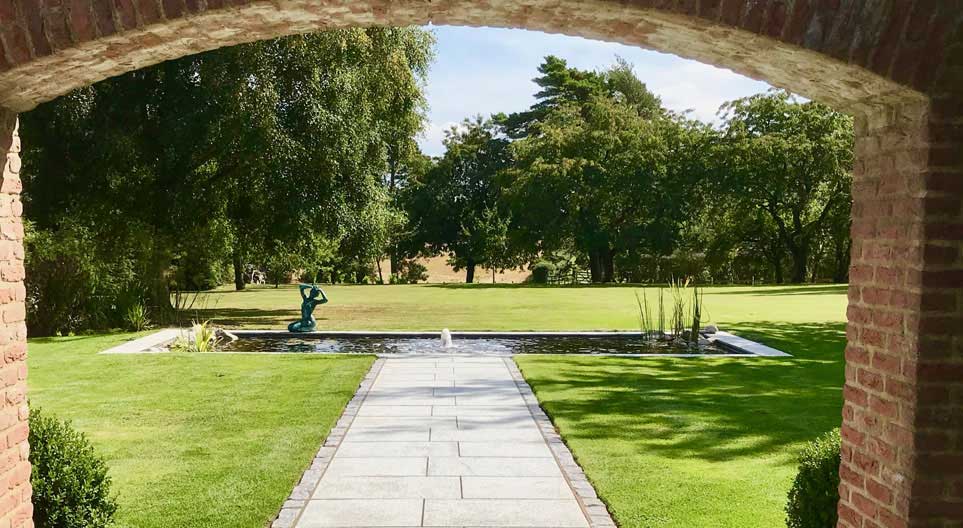
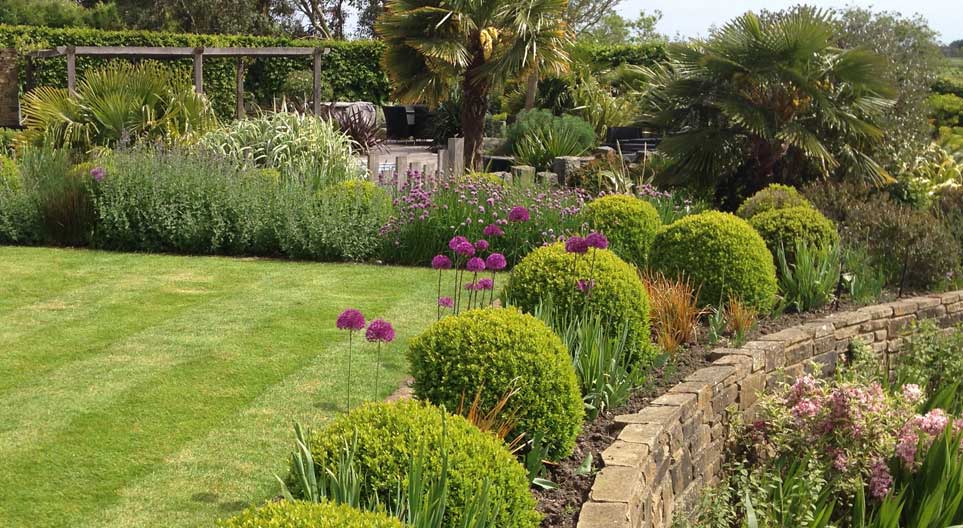
The choice of plants within a classical garden plays an integral role in bringing the garden to life and enhancing the symmetrical layout. Sculptural forms such as clipped box hedges, are very common in classical gardens to achieve clean, crisp lines, repeated across the landscape to reinforce the symmetrical layout. Often, formal gardens will plant borders with shrubs and perennials to soften the hard-geometric lines. Choices of plants include:
Topiary is a fine art used by ancient Romans to clip box hedges into any desired shape. Topiary was often a symbol of wealth or status in Roman Gardens. The use of Topiary has continued to be a popular choice in Classical Garden Design and is a great way to achieve a natural focal point, or perhaps to define a certain area within the garden, creating a talking-point for visitors.
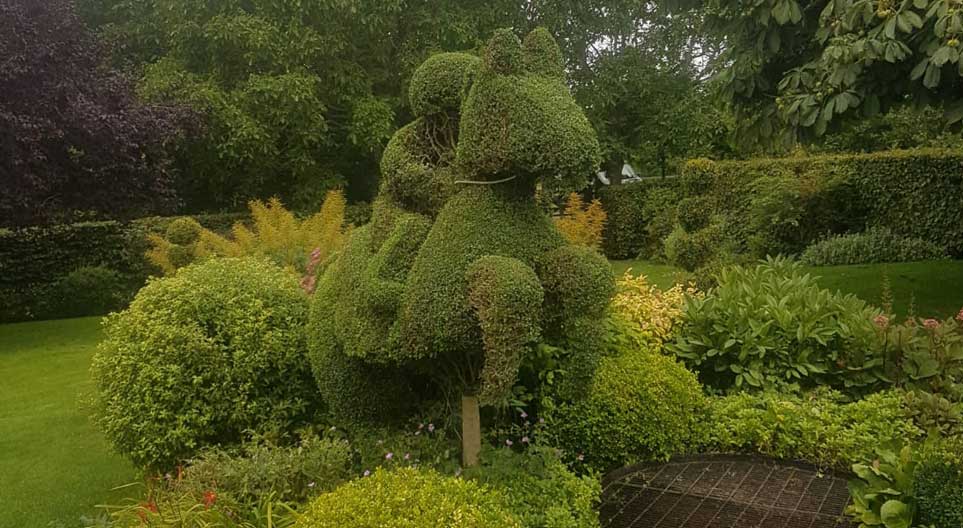
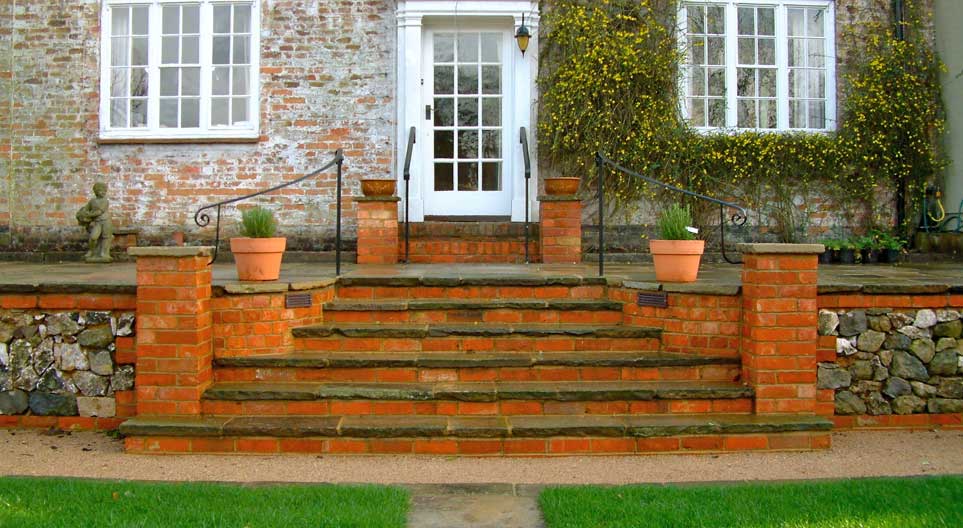

Geometry
An essential element in a classical garden is the use of geometry in the basic layout of the garden. Classical Gardens are derived from the geometry of Greek and Roman Architecture, which heavily emphasized straight lines, right angles, triangles and circles. The symmetrical arrangement of pathways, beds, and structures is a fundamental principal of Classical Garden Design. The most common way to create geometric shapes is with low box hedges, maintaining a clean, square edge and creating a natural pathway around the garden. Elements of geometry in formal garden design include:


Classical Planting Scheme
The choice of plants within a classical garden plays an integral role in bringing the garden to life and enhancing the symmetrical layout. Sculptural forms such as clipped box hedges, are very common in classical gardens to achieve clean, crisp lines, repeated across the landscape to reinforce the symmetrical layout. Often, formal gardens will plant borders with shrubs and perennials to soften the hard-geometric lines. Choices of plants include:

Topiary
Topiary is a fine art used by ancient Romans to clip box hedges into any desired shape. Topiary was often a symbol of wealth or status in Roman Gardens. The use of Topiary has continued to be a popular choice in Classical Garden Design and is a great way to achieve a natural focal point, or perhaps to define a certain area within the garden, creating a talking-point for visitors.

If you would like your garden redesigned by our Design team, simply complete the enquiry form or call the team today. No fees are charged for an initial chat or for most initial site meetings. We will prepare you a written “Design Fee Proposal” prior to proceeding with any charges to you.
So firstly, we will need a little bit of your time to find out a little about your ideas, then we would look to arrange an Initial Site Meeting with one of our designers, at a time convenient to you, preferably at the site location or to view drawings of developing scheme projects. At the meeting, we will listen to your requirements, then suggest the some ideas and provide advice for your project. This will take approximately one hour of your time.
Once we understand your Design requirement, we will submit a Design Fee Proposal for you to consider with no obligation, this will state our Design Fees and the stages of design work we will carry out for you. Our service is tailored to suit you, your home and your requirements so your Design Fee proposal will specify the correct type of survey required, whether you will need to invest into an optional Concept Design stage, and the appropriate stages of the process.
Each Design Package offers the most suitable survey type, a client brief, a conceptual stage if required, finally we will create a large format Master Design together with a Garden Installation Quotation & Specification to construct the new design.
We also provide planning guidance for all projects that require local authority or other permissions.
The Oakleigh Manor group provides a huge range of services geared for a beautiful Garden or Landscape, Driveways, Garden Lighting and Illumination, Drainage and/or Irrigation systems, Swimming Pools, Artificial Grass Surfaces, Resin Gravel Surfaces and more in Kent and the South East of England.
Simply complete our online Enquiry Form or call the Oakleigh Manor team on 0800 023 1310 to discuss your requirements. Our team can guide you through the options available for all our services, provide initial budgets or arrange an Initial Site Visit from one of our friendly team.